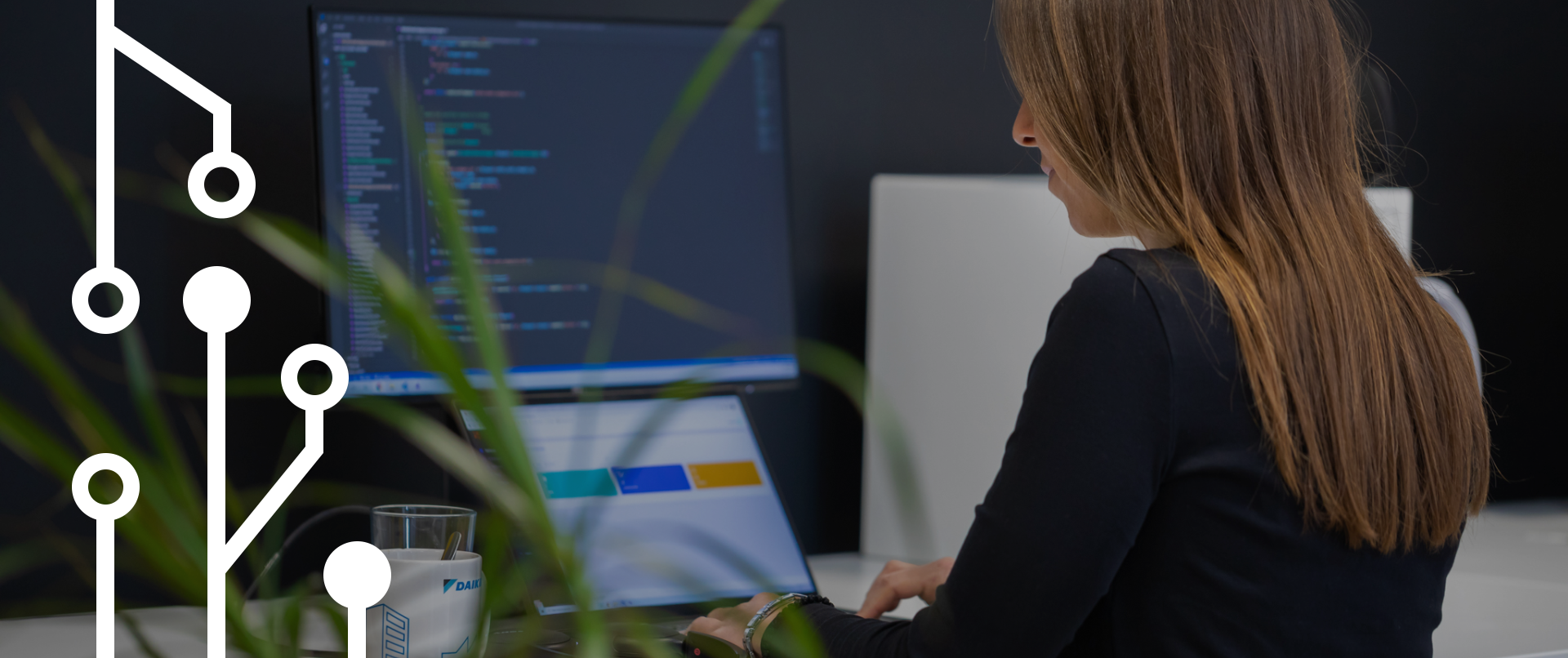

Directus vs Traditional CMS: Why Go Headless?
Traditional CMS: The Old Reliable, But…
Let’s start with the basics. Traditional content management systems (CMS) like WordPress, Joomla or Drupal have been the backbone of the web for years. They handle everything from the backend to the frontend, basically, they’re one-stop shops for building and managing websites.
But here’s the catch: because traditional CMSs are so tightly coupled, they can be pretty rigid. Imagine trying to build a mobile app or an interactive display using WordPress, it’s not impossible, but it’s certainly not easy. Everything’s intertwined, so making changes or scaling things up can feel like trying to rewire your house with the lights still on. Yikes!
Why Traditional CMS Might Be Holding You Back:
- Tight Coupling of Frontend and Backend: Traditional CMSs tightly link the frontend and backend, making it difficult to extend content delivery beyond standard web pages to other platforms like mobile apps.
- Limited Flexibility: Customizing the frontend often requires working within the constraints of the CMS’s templating system, which can be bulky and restrictive.
- Scalability Issues: As traffic and content complexity grow, traditional CMSs can struggle with performance, requiring more resources and maintenance.
- Difficult Integrations: Integrating with modern technologies, APIs, or external services can be more complex due to the monolithic nature of traditional CMSs.
What Exactly Is a Headless CMS?
Now, let’s talk about headless CMS. Picture this: instead of having your content management system dictate how your content is displayed (like in a traditional CMS), a headless CMS only worries about the content itself. It doesn’t care where or how that content is displayed. You get to decide that by using APIs to pull the content into any frontend you want, whether it’s a website, a mobile app, or even a smartwatch.
Unlike many other headless CMS platforms that may require specific database configurations or even proprietary setups, Directus stands out with its unparalleled flexibility in database management. Directus allows you to connect to any SQL database, whether MySQL, PostgreSQL, or SQLite, and directly interact with your existing schema or design a new one from scratch. This flexibility is particularly beneficial for projects that require complex relationships between data models or integration with legacy systems.
Why Headless CMS Rocks:
- Freedom with APIs: Your content is delivered via APIs, meaning you can fetch it from anywhere and display it any way you like.
- Total Flexibility: Serve your content to any platform – websites, apps, without being tied down to a specific structure or format.
- Scalable Solutions: Frontend and Backend are separate, so you can scale each independently, which is super helpful as your project grows.
- Security Perks: With no Frontend, headless CMSs reduce potential vulnerabilities, keeping your content safer.
Why Directus Is the Headless CMS You Need
Now that you’ve got a sense of what headless CMS is, let’s dive into why Directus is my personal favorite and why I think it could be yours too.
- Flexibility That Fits Your Needs
Directus is super versatile. Unlike other CMS platforms that impose their own data structures, Directus lets you work directly with your existing database or create one from scratch. You’ve got full control over how your data is organized. This flexibility is particularly beneficial for projects that require complex relationships between data models or integration with legacy systems. - APIs That Make Life Easier
Directus not only supports RESTful APIs but also offers built-in support for GraphQL, giving developers the power to fetch precisely the data they need.
This means you can use whatever Frontend frameworks you love, React, Vue.js… Additionally, Directus provides real-time updates via WebSocket APIs, which is a game changer for applications requiring live data updates, such as dashboards or collaborative platforms. This level of API customization is a significant advantage over other headless CMS platforms that may offer only limited or no support for these technologies. - Scalable and Reliable
As a developer, you want a CMS that can grow with your project. Directus is designed to scale. Its flexible architecture ensures that performance remains strong and reliable, no matter how your project evolves. - Keeps Your Content Safe
Security is always top of mind, and Directus delivers here too. With the Frontend and Backend decoupled, the attack surface is smaller, making it harder for potential threats to breach your CMS. Directus has features like role-based access control (RBAC) and multi-factor authentication (MFA).
Directus also includes audit logs, enabling you to track changes and user activities meticulously, which is essential for compliance with various regulations. Compared to other headless CMS options, Directus offers more granular control and easier implementation of these security features, reducing the risk of vulnerabilities. - User-Friendly Interface
Even though I spend most of my time in the code, I appreciate a CMS that’s easy for non-technical users too. Directus offers an intuitive, clean admin interface that’s customizable to fit the needs of different roles. This means your content creators and marketers can do their thing without needing to call you every five minutes for help.
Wrapping It Up: Why Directus?
If you’re tired of being boxed in by the limitations of traditional CMS platforms, it’s time to consider going headless with Directus. It offers the flexibility, scalability, and modern approach that today’s projects demand. Plus, it’s a dream to work with, both for developers and for the rest of your team.